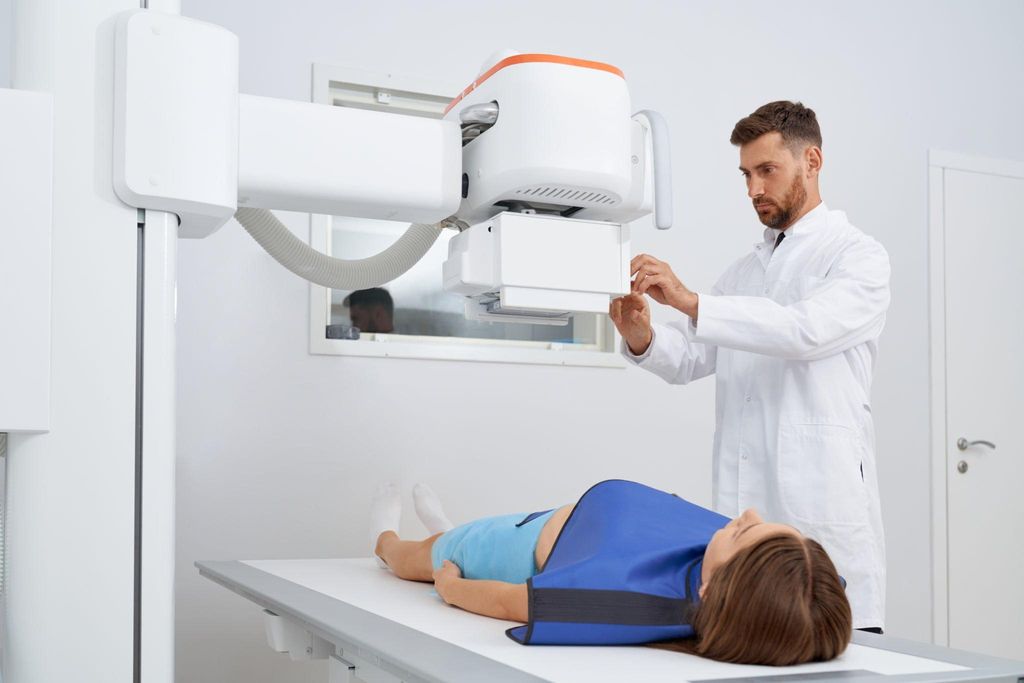Summary
Ultrasound is a safe, portable, and relatively inexpensive imaging modality that can be used for a variety of diagnostic and monitoring applications in anesthesiology. Ultrasound-guided peripheral nerve blockade and vascular access are the most common applications of ultrasound in anesthesiology.
Ultrasound has also been used to guide pain treatment procedures, and it is a well-established tool in point-of-care medicine. Newer applications of ultrasound in anesthesiology include airway ultrasound, optic nerve sheath diameter (ONSD) measurement, transcranial color-coded duplex (TCCD), and gastric ultrasound. These modalities can be used to assess intracranial pressure, cerebral blood flow, gastric content, and full stomach.
Focused transthoracic (TTE) and transesophageal (TEE) echocardiography can be used to assess left and right ventricular function, cardiac valve abnormalities, and volume status, as well as to guide cardiac resuscitation. Ultrasound is a valuable tool for anesthesiologists, and we recommend that ultrasound training be part of any anesthesiology training program curriculum.











